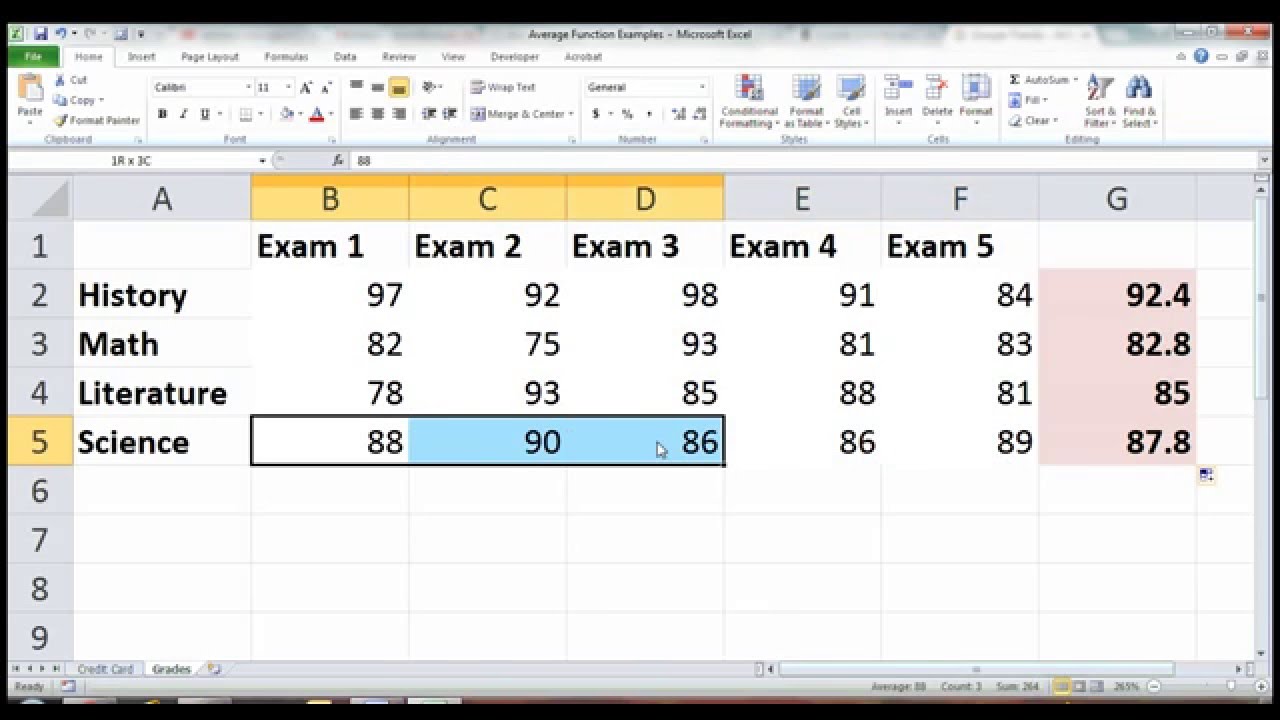Excel Cross Comparison: Simplify Your Data Analysis Now!

Mastering Excel cross comparison techniques can significantly elevate your data analysis game. Whether you're comparing sales figures across different regions, analyzing student performance metrics, or auditing financial records, knowing how to effectively compare datasets in Excel will streamline your workflow and yield insights with minimal effort. This comprehensive guide will delve into various methods, tools, and shortcuts to make your cross-comparison tasks in Excel simpler and more efficient.
Understanding Excel Cross Comparison

Excel cross comparison, at its core, involves looking at two or more datasets to find similarities, differences, or other correlative information. Here’s what you need to understand:
- Datasets: Two or more sets of data, often from different sources, need to be aligned for comparison.
- Comparison Criteria: Determine what aspects of the data you are comparing, whether it’s numeric values, text, dates, etc.
- Outcome: Aim to identify patterns, outliers, or discrepancies that can lead to actionable insights.
Methods for Cross Comparison

Here are several effective ways to conduct cross comparisons in Excel:
VLOOKUP and HLOOKUP Functions

VLOOKUP and HLOOKUP are quintessential for comparing datasets based on one key field. Here’s how you can use them:
- Determine the Lookup Value which will be the point of comparison.
- Identify the Table Array or range containing the data to look up.
- Specify the Column Index Number to return the corresponding data.
- Use
FALSEfor an exact match orTRUEfor an approximate match. - Avoid common errors by ensuring your data is clean and sorted as needed.
<li><h3>INDEX and MATCH Functions</h3>
<p>These functions provide more flexibility than VLOOKUP and HLOOKUP, especially when dealing with more complex comparisons:</p>
<ul>
<li>Use <code>INDEX</code> to return a cell's value at the intersection of a row and column.</li>
<li>Pair it with <code>MATCH</code> to find the relative position of an item in a range.</li>
<li>Handle multi-column lookups or comparisons.</li>
</ul>
<p class="pro-note">📝 Note: INDEX and MATCH is particularly useful for datasets that change in size or where columns might be added or removed.</p></li>
<li><h3>Conditional Formatting</h3>
<p>Visual comparison can often reveal patterns or discrepancies that are not immediately apparent through numerical comparison:</p>
<ul>
<li>Use Color Scales to see how values compare across a range.</li>
<li>Data Bars or Icon Sets can help visually differentiate data points.</li>
<li>Create custom rules to highlight cells based on conditions.</li>
</ul>
<p class="pro-note">🔍 Note: Conditional formatting is not only for comparison but can also be used for data validation and error checking.</p></li>
<li><h3>Power Query</h3>
<p>If your comparison involves data from different sources or requires transformation:</p>
<ul>
<li>Load external data sources into Excel through Power Query.</li>
<li>Use Merge Queries to combine datasets on common columns.</li>
<li>Power Query allows for more advanced data manipulation before comparison.</li>
</ul></li>
<li><h3>Advanced Filter</h3>
<p>This tool is useful for filtering data across multiple criteria:</p>
<ul>
<li>Set up complex criteria for data filtering.</li>
<li>Extract unique records or compare data subsets.</li>
</ul></li>
<li><h3>Array Formulas</h3>
<p>Array formulas can handle multiple comparisons in a single operation:</p>
<ul>
<li>Use <code>IF</code> combined with <code>AND</code> or <code>OR</code> for complex conditional checks.</li>
<li>Leverage functions like <code>SUMIFS</code> for aggregated comparisons.</li>
<li>Understand the use of array constants and formulas.</li>
</ul>
<p class="pro-note">⚠️ Note: Array formulas require more memory and can slow down large datasets.</p></li>
Putting It All Together

Now that you’ve explored various methods, let’s consider how to streamline your cross-comparison process:
- Choose the Right Tool: Each method has its strengths. For simple lookups, VLOOKUP or HLOOKUP is often sufficient, while INDEX and MATCH or Power Query are ideal for more complex tasks.
- Data Integrity: Ensure your data is clean and consistent before comparing. Common issues like formatting mismatches or duplicate entries can lead to incorrect comparisons.
- Documentation: Keep track of how and why certain methods were used. This will help in explaining results or in future analysis.
- Practice and Experiment: The more you work with Excel, the better you’ll get at quickly identifying the most efficient method for your specific comparison task.
As we’ve covered various methods for cross comparison in Excel, it’s clear that this tool is versatile and can handle a wide array of comparison tasks. By selecting the appropriate technique, ensuring data quality, and maintaining a process for comparison, you can derive valuable insights from your datasets, leading to better decision-making, improved audits, or enhanced performance analysis.
What is the difference between VLOOKUP and INDEX/MATCH for Excel cross comparisons?

+
VLOOKUP requires the lookup column to be the first column of the table array, and it can’t handle columns added or removed dynamically. INDEX/MATCH is more flexible as it can lookup both horizontally and vertically, is not position-sensitive, and is useful when columns change often.
Can Conditional Formatting be used for data comparison in Excel?

+
Yes, Conditional Formatting is excellent for visual comparison. It can highlight cells that meet specific criteria, making it easier to spot trends, outliers, or discrepancies in your data.
What are the benefits of using Power Query for cross comparisons?

+
Power Query offers robust data transformation capabilities, allowing you to merge, filter, and transform data from multiple sources before performing any comparison. This is particularly useful when dealing with large, complex datasets or when automating data preparation.



